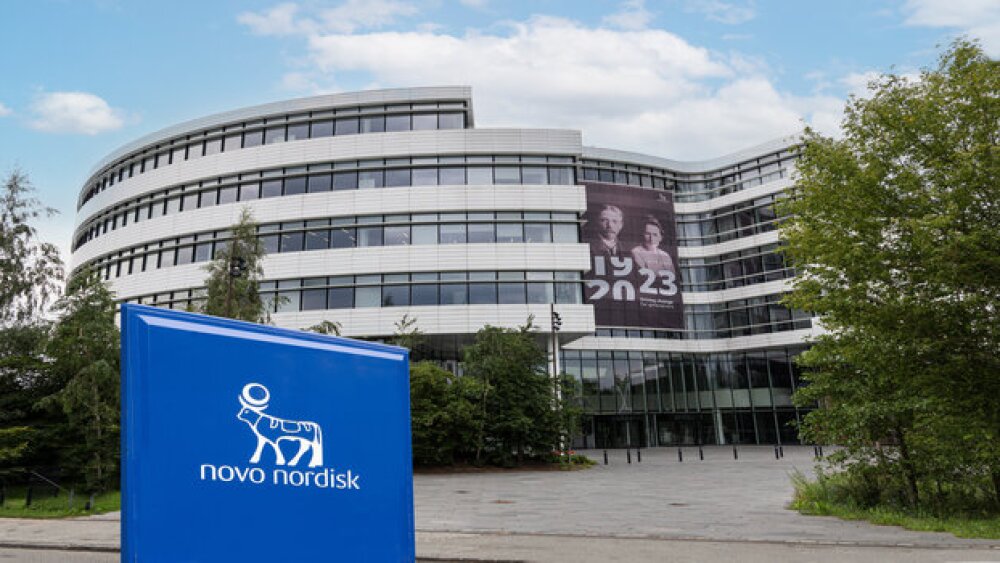 By Scott Szczesny, Megan Driscoll
By Scott Szczesny, Megan DriscollPharmaLogics Recruiting
The explosive growth of social media has had a tremendous impact on professional networking. Web sites like Facebook, Twitter, MySpace, and LinkedIn have changed the way we interact with our colleagues, friends, and family. When utilized correctly, social media can organize and streamline your professional network allowing you to more easily stay connected with your colleagues. When not managed properly, on-line networking can be a tremendous time sink and potentially lead to embarrassing situations. What are the best practices for using social media to manage a productive professional network?
I. Separate Your Professional and Social Networking Efforts
It is imperative that you keep your professional network separate from your social network. Facebook and MySpace are not for professional networking, they are social sites. They contain too much personal information and you do not have full control over what information, pictures and videos are posted to your page. You should limit your connections on these sites to friends and close off public access to your page. You certainly do not need current or future employers to know all of the nitty gritty details of your weekend activities.
II. Establish One Site for Managing your Professional Network
There are several good alternatives for managing your on-line professional network. LinkedIn, Twitter, and Plaxo are all legitimate options but you should choose one so as not dilute your efforts. Focus on a single, complete and updated profile rather than multiple half-hearted efforts. If you are trying to keep up with multiple sites, you are duplicating your efforts and keeping yourself from becoming fully engaged with the network you are building. LinkedIn is the most established site for the BioPharma industry. A network is only as good as the audience it gives you access to and LinkedIn has far and away the largest population of colleagues in our field. It is also easy to utilize and has numerous established subgroups which will help you connect with colleagues who share your interests.
III. Build a Thorough Profile
It is important to take the time to build a thorough profile. Much like your resume, your profile is a reflection of you and your professional accomplishments. Unlike your resume, your profile can be viewed by anyone who chooses to take a look so it is imperative to produce a complete picture. LinkedIn makes it easy to formulate a thorough, easy to read profile that is essentially an abbreviated resume. The sections include:
1) Summary – Limit it to a couple of sentences capturing the essence of your professional skills.
2) Specialties – Here you can list your specific skills, both technical and non-technical. Remember that your profile is keyword searchable so be sure to include all of the relevant buzzwords.
3) Experience – This should look like a shortened version of the employment section of your resume. Keep it simple…a good guideline is to list each position you have held and for which company and then summarize the accomplishments in just two or three sentences.
4) Education – List undergraduate and graduate degrees as well as any relevant coursework and training programs/certifications.
5) Recommendations - Your peers have the option of writing a recommendation which you can approve to be posted to your profile. This is important as profiles that have recommendations are highlighted and given priority when other users are searching the site. You should be proactive and reach out to previous managers/colleagues/subordinates and request a recommendation. You can write a recommendation for others in return.
Keep in mind that your profile is a constant work in progress. Much like your resume, it should be updated at least once a year to reflect new accomplishments and coursework. You can also post updates regarding specific projects that you are working on, conferences you are attending and goals that you are pursuing. Be as liberal as possible when establishing your connection settings. You should be encouraging people to reach out to you for expertise requests, consulting possibilities, and career opportunities. You can always choose to decline a request but if you do not allow people the option of contacting you, opportunities will be missed.
IV. Get Connected
Once your profile is complete, it is time to actually build your network. The more relevant connections you have, the more powerful your network is. You should send invitations to connect to present and former colleagues, classmates, customers, vendors, professors, lawyers, advisors, brokers and recruiters. This will take some time upfront but is a worthwhile endeavor. Doing it right the first time around will actually save you time in the long run. A well connected network is dynamic, it will keep you informed as your colleagues change jobs and advance their positions. You will never lose track of someone again once you connect virtually. Keep growing your network by connecting with new colleagues, people that you meet at conferences as well as social connections that might have a valuable business purpose. A virtual network is a living thing and you need to cultivate it continuously.
V. Use the Network to Your Advantage
Not only does your on-line network make it easy to stay in touch with your peers, it also gives you access to oodles of valuable information on those to whom you are both directly and indirectly connected. Once your network becomes big enough, it is possible to find background information on just about any company or any specific person you choose. This is a phenomenal tool for job seekers, think about the opportunity it gives you to:
1) Research the skill set of people in positions you aspire to.
2) Identify potential hiring managers at companies that interest you and discover who in your network is connected to them.
3) Gain background information on people with whom you are interviewing.
4) Understand the organizational structure at the companies you are considering.
5) Find former employees at companies that interest you to get the “inside scoop” on working there.
You can use the same approach to get background information prior to sales presentations, when evaluating vendors, investigating strategic partnerships etc. Information is key and an established on-line network offers you access to as much information as you choose to seek.
The opportunities that are accessible through social media tools are truly endless. It is becoming increasingly important that you are actively and appropriately engaged in this phenomenon. Not only do the benefits of on-line networking make it virtually possible to ignore, but those who are not involved are often judged negatively without their knowledge. Do not be caught standing on the sidelines. Build your profile, establish your connections and reap the rewards today.
Check out the latest Career Insider eNewsletter - March 11, 2010.




